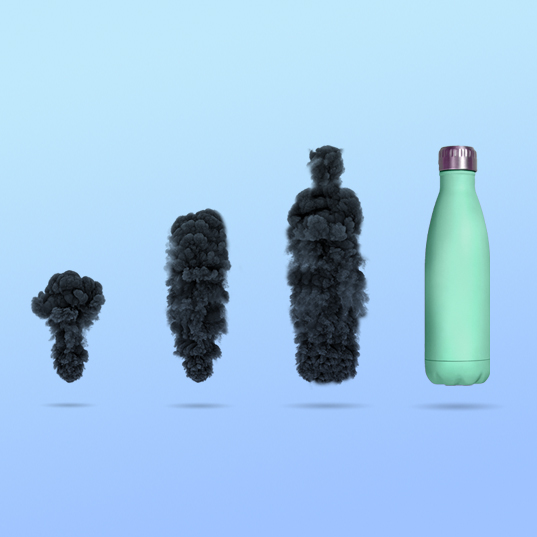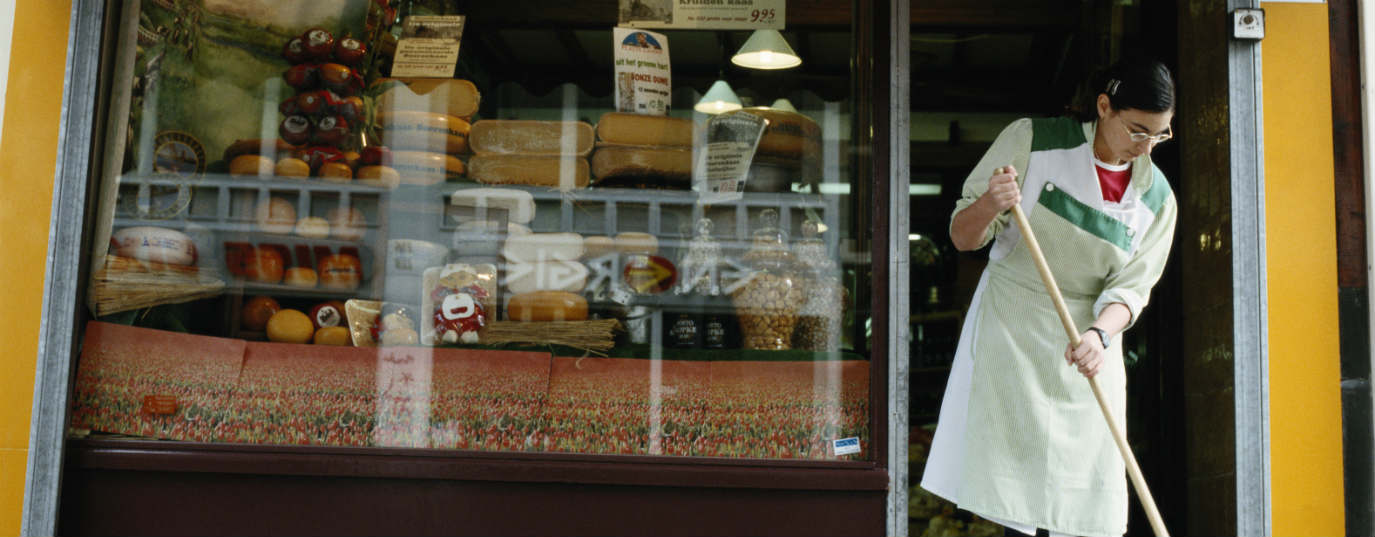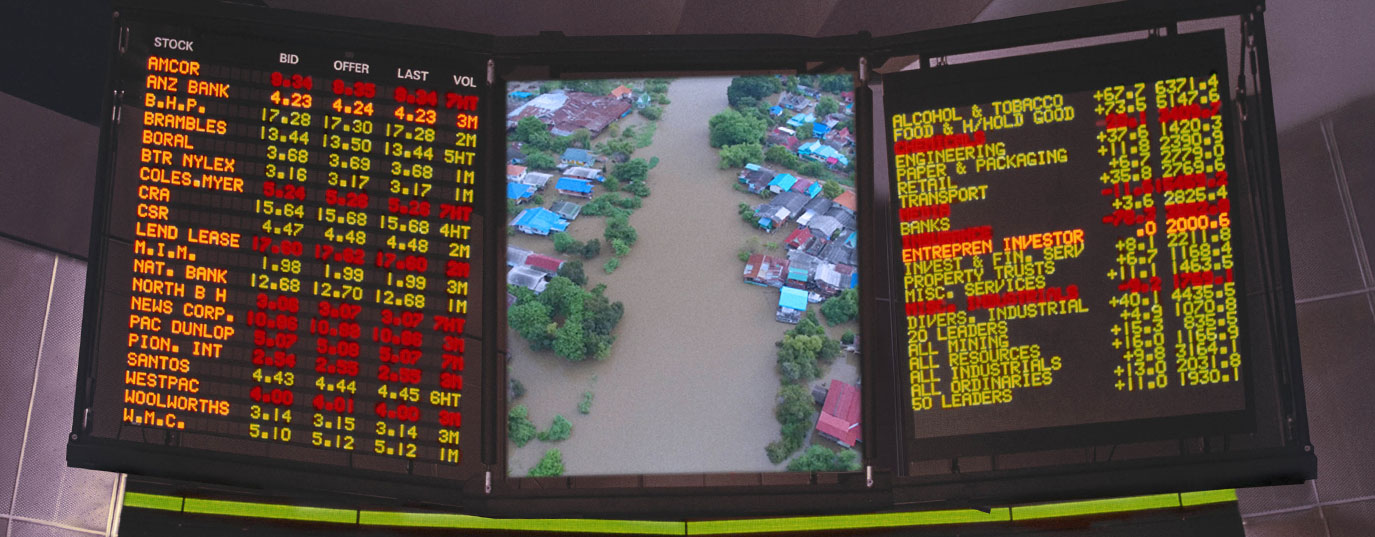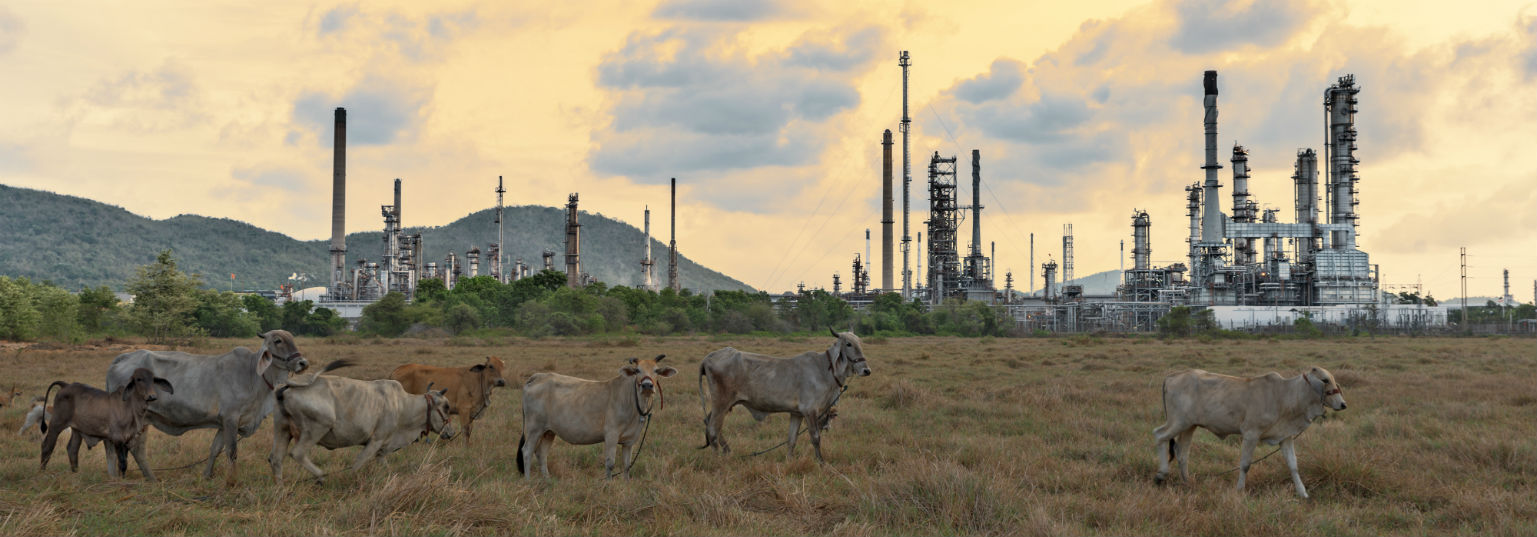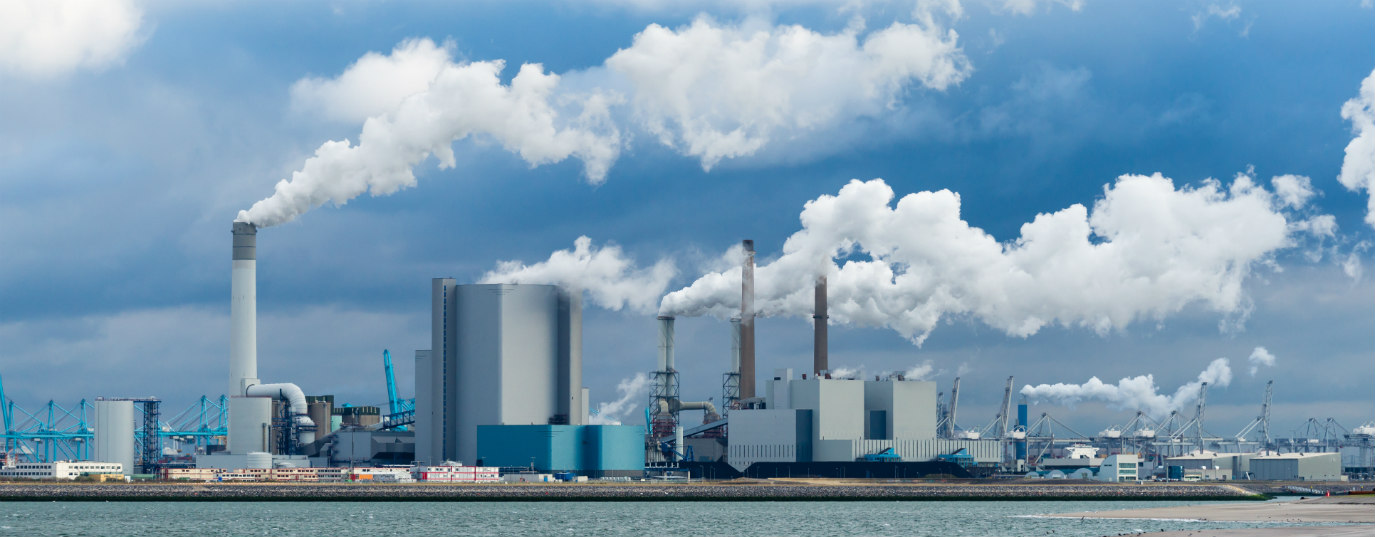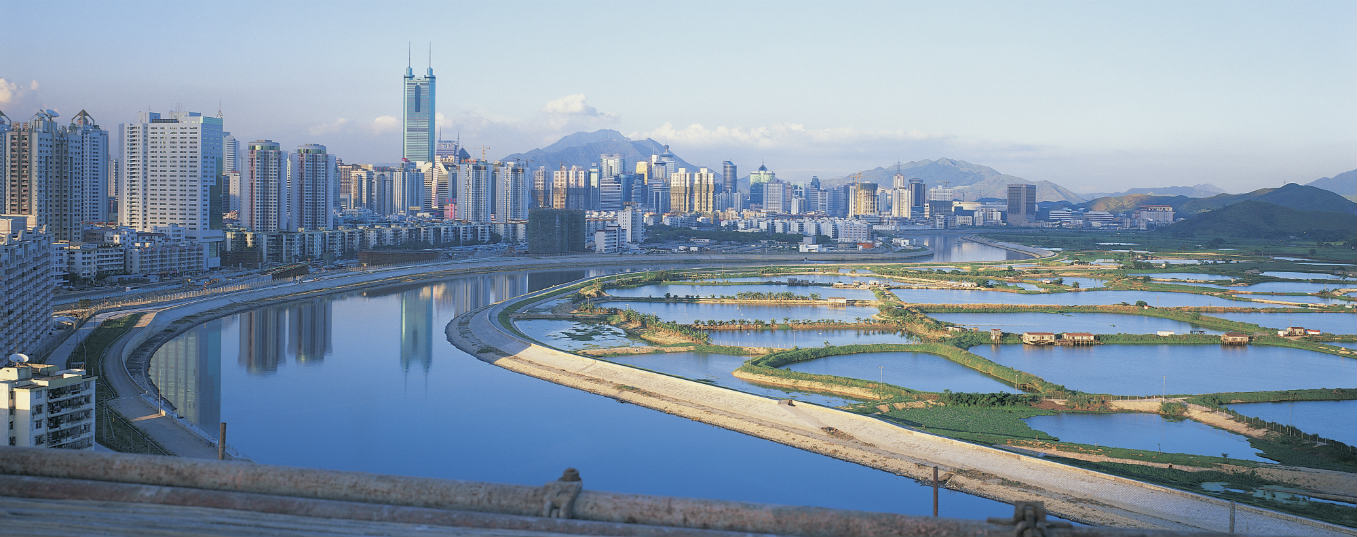Guide to responsible fish consumption
Many of the world's fish stocks are overexploited and responsible consumption will help their sustainable use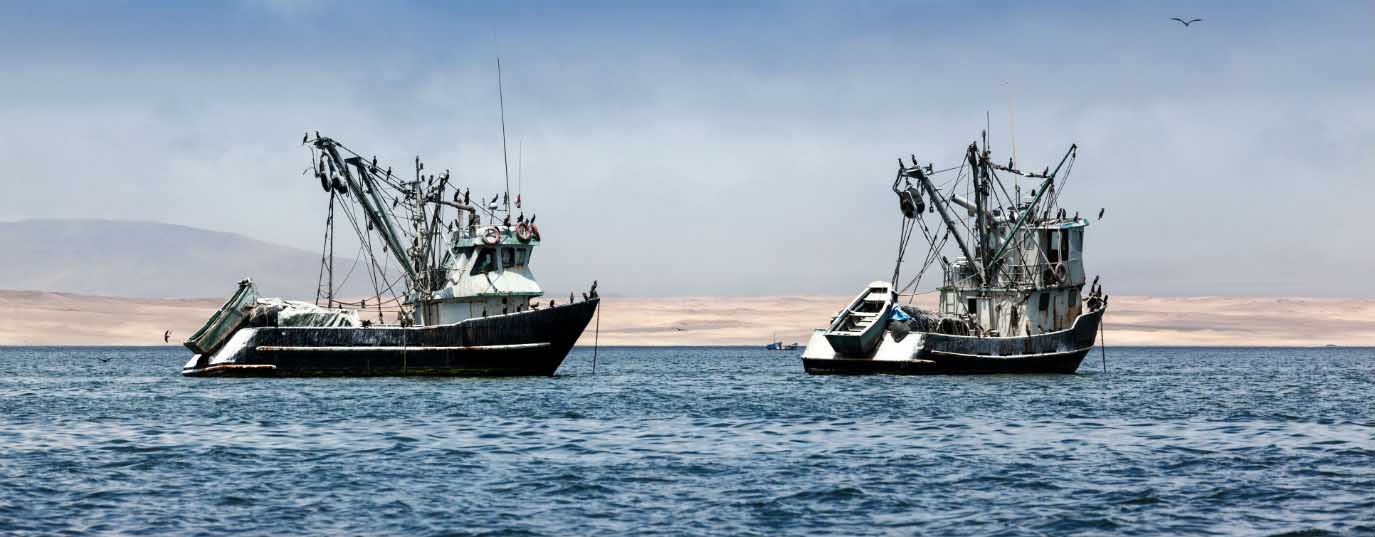
The conservation of aquatic flora and fauna is seriously conditioned by external factors such as the global increase in water temperature and the acidification of the oceans. In addition, overexploitation of marine species as a food resource also poses a threat to ocean life, not only by destructive fishing techniques, but also by the lack of a responsible fish consumption.
- What can consumers do to help in the conservation of marine species? A responsible consumption following a series of guidelines is essential to ensure the sustainability of the system:
- Demand labeling: it is important to only buy products with an official labeling,that collects all the information required by the competent authorities.
- Check the fishing method: buying fish and seafood obtained in a sustainable way guarantees the continuity of the species and also generates a higher quality employment in the fishing sector. Aggressive or destructive techniques will make species disappear.
- Choose local consumption: consuming products that have been obtained in local or nearby areas guarantees a more sustainable fishing, as well as a lower level of CO2 pollution by reducing transport routes.
- Consume seasonal fish: more generally, being informed and knowing which products are from the season helps the consumers to choose the most sustainable -and tasty- option all year long depending on their geographical area.
Global growth in fish consumption
The implementation of these simple steps is even more important today than in previous years as consumption levels are increasing all over the world. According to the FAO (Food and Agriculture Organization of the United Nations), it exceeded 20 kilograms per person for the first time in history.
However, while this global consumption has increased, the United Nations agency reports that world reserves have not improved their levels, so if the consumption rate continues to increase without a sustainable development strategy, fishing grounds will be plundered.
Aquaculture, the near future
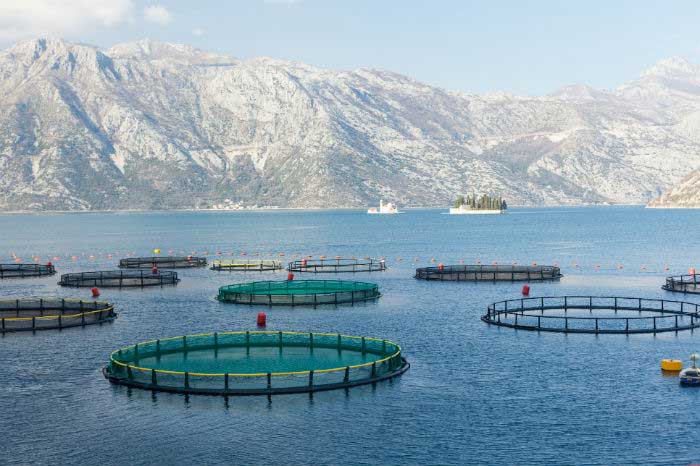
In view of the depletion of nature reserves, FAO, in collaboration with the World Bank and the International Food Policy Institute, elaborated a report that estimates that by 2030 two-thirds of world fish consumption, both human consumption - 77% - and that used to create fish oils and fishmeal - the remaining 23% - will come from aquaculture.
Aquaculture is the use of techniques and knowledge of breeding marine species, which can be carried out in the natural environment –freshwater or seawater- or in facilities prepared for that purpose. On the positive side, aquaculture allows almost absolute control of fish farming and life conditions, which increases its quality; it also allows a selection of the best specimens looking for the best characteristics and fishing is less stressful for the fish than on the open sea.
On the downside, aquaculture contaminates adjacent waters with antibiotics and waste and some species such as salmon, which in their natural environment perform a lot of exercise, have worse texture and taste in captivity because it does not need to move as much and its flesh is softer.
The same report also recognizes that both traditional fishing and aquaculture are a source of employment, healthy food and economic opportunities, especially for smaller communities. On the downside, according to the research, climate change poses a serious threat to traditional fishery and outbreaks of large-scale diseases in aquaculture represent two important challenges.
Sources: Greenpeace, FAO and FAO II.


